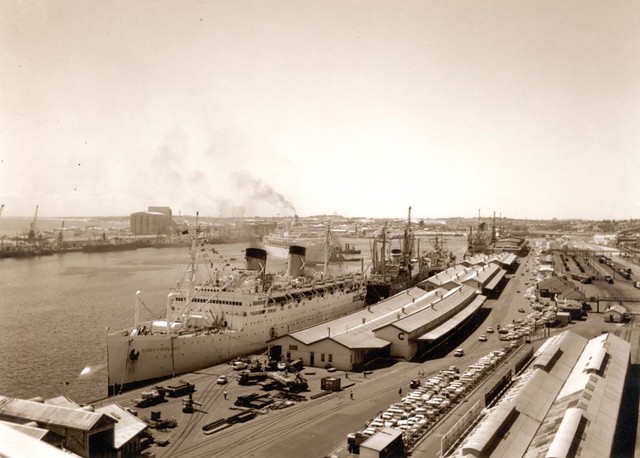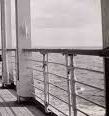
We sailed from Fremantle on the 5th April, the weather was fine and we hoped it would remain so as we were about to cross the Great Australian Bight, renowned for rough seas and sensitive stomachs.
The Great Australian Bight stretches from Cape Pasley in Southern Western Australia to Cape Catastrophe in South Australia.
There are always stories if you have just a hint of something different.
For years there have been rumours of a Portuguese ship, the Countess of Selkirk that sank in the area of Cape Pasley.
Part of a ship was found in 1913 and what was thought was the bow still had the name Countess of Selkirk attached to the ‘bow’ by screws.
The finder, who was a stockman, employed by the Cape Pasley Station (for none Australians think a large farm) took the plate and gave it to his employer.
The station owner wrote to Lloyds of London and the Dutch shipping registry asking if they had any details of the ship.
Before the station owner received a reply he was drowned when out fishing and the exact location of the ‘ship’ was lost.
Historians have checked the screws that held the plate and confirmed that they were made after 1770, and the same type of screws were shown in an 1880 catalogue.
It is thought that the name plate was sent to the maritime museum in Adelaide, but it has never been found.
The Earl of Selkirk is a Scottish peerage, which was created in 1646 and is still in existence.
The area around Cape Pasley is an isolated area with only a dirt track, rather than a road, and the nearest proper road is about 55 km (33 miles) away.
 It is a wild area.
It is a wild area.
Just to make the ‘legend’ a little more confused there is a thought that the ship’s name was Countess Sulkaat.
For those of us in the Juna it was a peaceful voyage and overall, it was a calm crossing of the Great Australian Bight, which stretches 1160 km (720 miles) from west to east.

The cliffs on our port side ranged up to 60 mtrs tall (200 ft), and behind the cliffs was the Nullarbor Plain, which is Latin for ‘No trees’, a flat landscape as far as the eye can see.
The depth of the water of the Bight is from less than 15 mtrs (50 feet) to 6000 mtrs (a little under 20,000 ft).
On reaching the eastern area of the Bight we came across Cape Catastrophe, so named by Matthew Flinders who, in 1802, was charting the coastline in HMS Investigator.
Mathew Flinders had been given the task of mapping the whole of the Australian coastline by the British Admiralty. He sailed from the UK in July 1801 and called at the Cape of Good Hope on the way.
In February 1802 he sent a cutter (small boat) with a crew of eight to see if they could find fresh water in the area.
As the cutter was returning in choppy waters it capsized, none of the crew survived. Mathew Flinders was unable to find the bodies of his crew.
He then named the headland Cape Catastrophe and the small cove in which he had anchored, Memory Cove.
We arrived in Sydney on the evening of the 9th April, which was a Wednesday, and docked waiting for the labour to come onboard the next day. The next day was the Thursday before Easter, so of course it was half day, at which time the hatches were closed and the labour disappeared shouting that they might see us on Tuesday (the Monday after Easter Sunday is a holiday in Australia).
We did not complain.
Three of us went ashore in the evening to see a bit of ‘life’.

The Hickson Road dock area (shown above) is a short walk in to the city – short as in comparison to other city’s dock areas around the world.
The above photograph was taken in 1968, but now many of the piers that you can see have been converted in to expensive apartments.

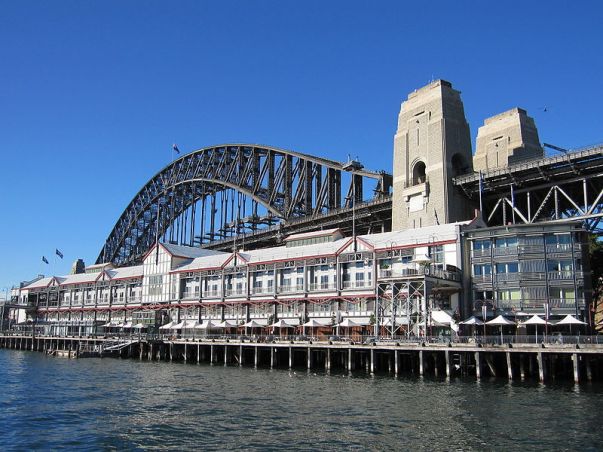
There were three of us so we could afford a taxi to Kings Cross, the red light area of Sydney at the time.
In 1967 Sydney had been added to the list of cities that catered for US troops during their short R & R away from Vietnam.
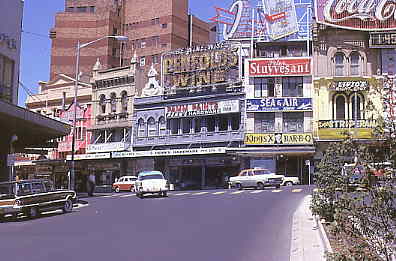
A daylight shot, all quite until night time . .

Overall, we were disappointed with our visit. We were looking for a beer and something to eat and ended up stairs in a packed drinking place where we were asked to buy food along with drinks. So, we thought we’d have a ‘pie & a pint’ and found an empty table. The problem was that we couldn’t catch the eye of a waiter, we had the feeling that we were being ignored as the place was full of American sailors and they spent real money and we looked like country bumpkins.
Eventually one of us climbed on the table and grabbed his chest and shouted that he was having a heart attack and collapsed and rolled off the table. A waiter ran over a looked down at the heart attack who said to the waiter ‘ A jug of beer, three glass and three meat pies before I die.’
We got our drinks and pie and as we finished were asked to leave, which was fine with us as we had lost interest this ‘red light’ district, which we couldn’t help compare to those we visited in Asia.
We walked to the famous Coca Cola sign and turn right down William Street.

The Coca Cola sign is behind the photographer, (which is from the internet) so we started to walk.
When we came alongside the previous day we were all given an invitation to a weekly Thursday dance at the Royal Blind Society of Sydney, which assured us that they were associated with the British Seaman’s Society.
The address of the dance was at the top of William Street, so we decided to have a look at what was going on. I think the address was Boomerang Place, an area, which has all been redeveloped.
We arrived at what looked like an old church hall and wondered in to be greeted by a middle-aged lady at a table by the door. We produced our invitation and she smiled and offered us raffles tickets. She had three or four different colours of tickets.
I asked if we could get a beer while we had a look inside and she said, only if you buy a raffle ticket.
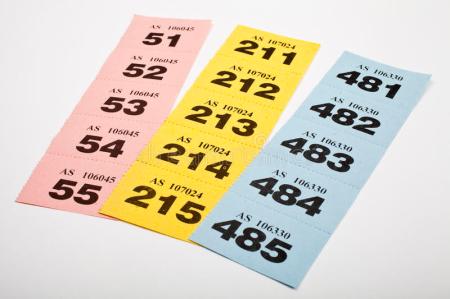
OK, how much are the raffle tickets – I cannot remember the prices but for illustration purposes she said – ‘The blue ones are $1, the yellow is $2, and the pinks are $5’.
‘What are the prizes?’ I asked and she said, ‘You’ve not been here before have you?’
‘No’ I replied.
‘Buy the tickets and swap them at the bar, blue for beer, yellow for wine and pink for spirits, we don’t have a licence to sell alcohol, but we can hold a raffle.’
We bought several blue and a few yellow and entered.
The place was nearly empty except for a groups of young girls – they were mainly British girls who worked in local offices and were homesick and liked to dance and socialise with British visitors.
The place slowly filled and we had a pleasant evening. It was strange to be in Sydney and listen to a strong Yorkshire accent and to have it translated occasionally.
The idea of buying raffle tickets for beer has stuck with me for years, I hope the inventor became a millionaire.
Because the port was ‘closed’ I was off on Good Friday, so went to a beach for a swim. I cannot remember which beach, but I assume it was Manly on account of the lack of public transport to Bondi Beach. Getting to Manly is easy because of the ferry service.

Hydrofoil much faster than a normal ferry.

A holiday weekend . . .
We took it in turns to have a day or half day ashore and I managed to get to Luna park as well as the Manly beach, and on Easter Monday a couple of us visited the Royal Easter Show – which was very impressive, it was first held in 1823.

All things come to an end and we sailed on the 23 rd April having been in Sydney for two weeks and only worked cargo for about eight or nine days – the Australian run has always been popular . . .
Our next port was to be Melbourne.





 The storm that we encountered was not as bad as the typhoon off Formosa (Taiwan), but overall, we found it very unpleasant. The above picture is a from the start of the typhoon, so I used it as an illustration.
The storm that we encountered was not as bad as the typhoon off Formosa (Taiwan), but overall, we found it very unpleasant. The above picture is a from the start of the typhoon, so I used it as an illustration.



